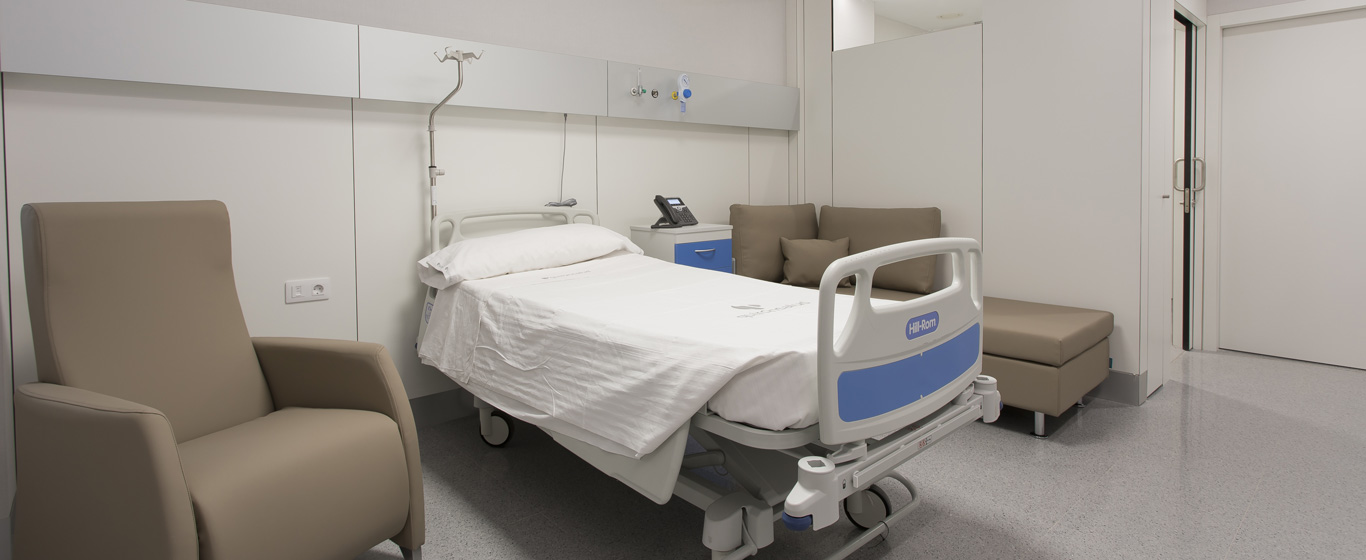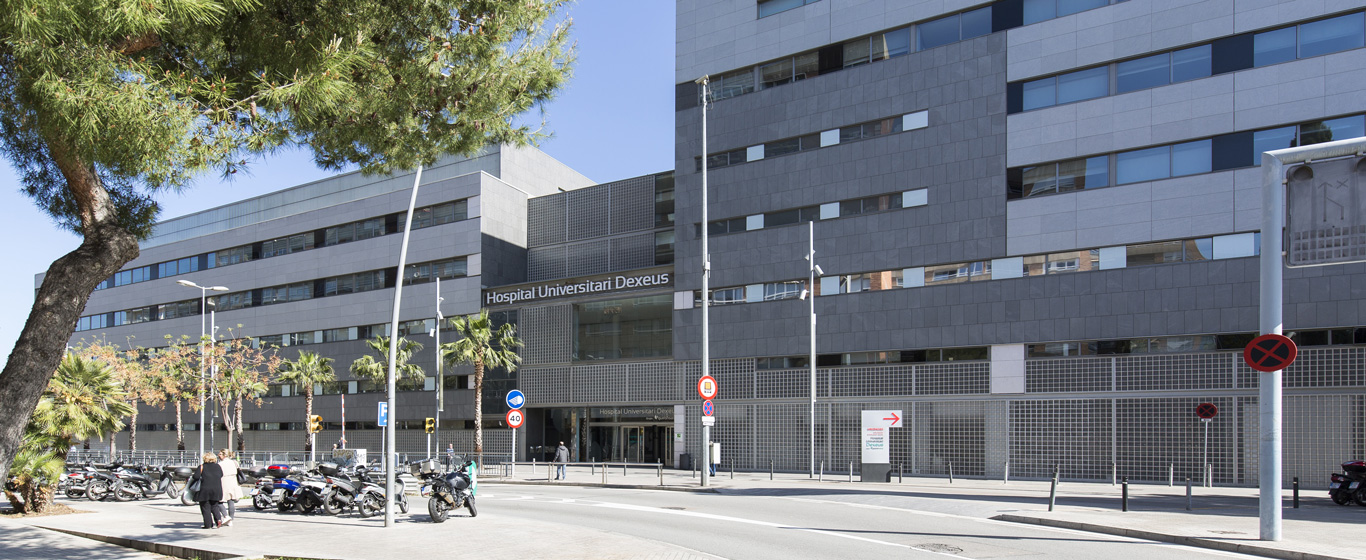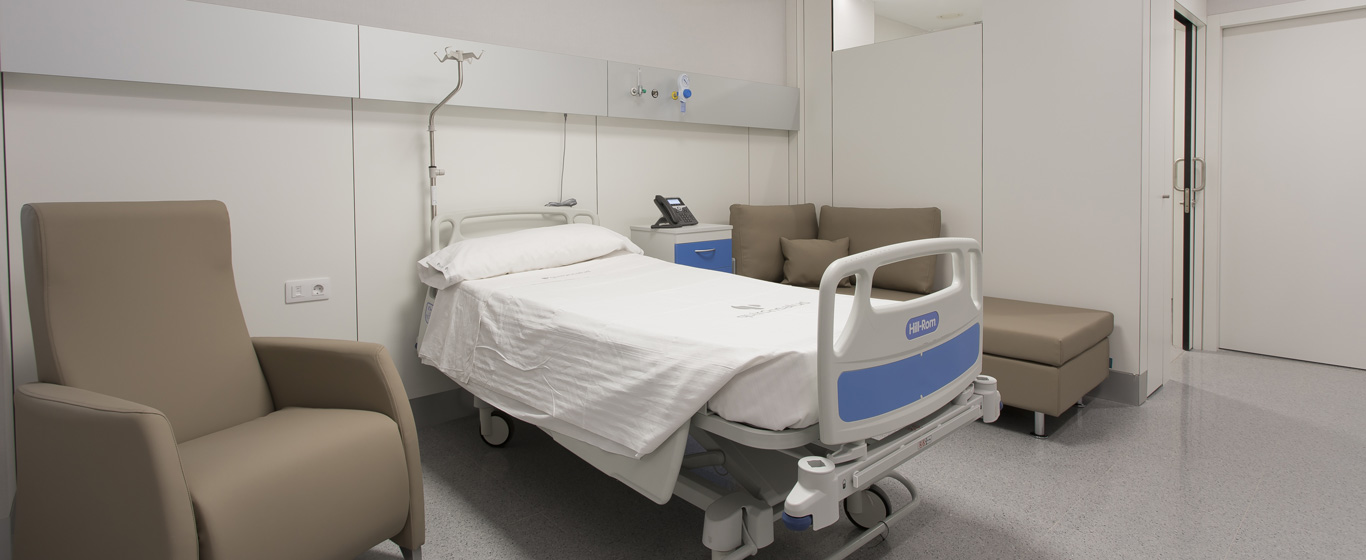Cerebral Palsy
What are the different types of cerebral palsy? Learn more about their causes, symptoms, and the most commonly used treatments.
Symptoms and Causes
Cerebral palsy includes a variety of disorders that occur in the brain during fetal development or within the first few months after birth, affecting nervous system functions. As a result, individuals may experience auditory, visual, motor, or learning difficulties.
This condition can damage different areas of the brain. Depending on the affected area and the resulting consequences, several types of the condition are identified:
- Spastic cerebral palsy: This is the most common type. It affects voluntary motor control, and the muscles become stiff (spasticity).
- Hemiplegia: Only one side of the body is affected, mostly the arm and hand. Cognitive abilities are usually preserved.
- Diplegia: Muscle control in the legs is impaired, while the upper limbs, torso, and face are generally unaffected. Intellectual capacity is usually not compromised.
- Quadriplegia: This is the most severe form. It causes stiffness in the muscles of the arms and legs, while the neck muscles tend to become weaker. It results in speech difficulties, inability to walk, and in most cases, intellectual and developmental disabilities.
- Dyskinetic cerebral palsy: This type causes involuntary, jerky movements in the arms, hands, legs, and feet, and sometimes in the face and tongue. It does not affect cognitive function.
- Ataxic cerebral palsy: It impairs balance, resulting in an unsteady gait. It also makes precise or rapid movements difficult.
- Mixed cerebral palsy: This form combines features of two or more of the above types.
Early detection, before the age of two, and appropriate treatments can significantly improve the quality of life for individuals with cerebral palsy. Depending on the severity, life expectancy may be comparable to that of healthy individuals.
Symptoms
Although symptoms vary from patient to patient, the most common ones include:
- Muscle stiffness and tension
- Difficulty walking, speaking, or eating
- Spastic movements
- Lack of balance
- Impaired fine motor skills
- Vision or hearing problems
- Gastrointestinal disorders
- Delayed growth, learning, and development
- Intellectual disability
- Pain
Causes
The causes of cerebral palsy are diverse. The most common include:
- Genetic mutations that affect brain development
- Maternal infections that impact the fetus
- Exposure to drugs during pregnancy
- Placental abnormalities
- Prematurity
- Brain hemorrhage or lack of oxygen during childbirth
- Infections that cause brain inflammation
- Head trauma
Risk Factors
Risk factors for cerebral palsy fall into three major categories:
- Maternal health: Exposure to toxic substances and diseases such as rubella, toxoplasmosis, herpes, syphilis, or uterine infections
- Conditions during pregnancy and childbirth: Multiple pregnancies, premature birth, low birth weight, or hyperbilirubinemia
- Childhood illnesses: Bacterial meningitis, brain hemorrhage, jaundice, encephalitis, cardiopulmonary arrest, or head trauma
Complications
Limited mobility can lead to malnutrition—especially in infants—along with lung or heart conditions and mental health disorders.
Prevention
Although most cases of cerebral palsy cannot be prevented, the risk may be reduced by following medical advice during pregnancy and avoiding toxic substances (alcohol, tobacco, and drugs) during gestation.
Which specialist treats cerebral palsy?
The diagnosis and treatment of cerebral palsy involve neurologists, orthopedic surgeons—usually specializing in pediatrics—pediatricians, speech therapists, and physical medicine and rehabilitation specialists.
Diagnosis
When signs of cerebral palsy are detected, the medical specialist will review the patient’s medical history and observe symptoms. Additional diagnostic tests may include:
- Blood and urine tests: Used to detect genetic and metabolic abnormalities
- Neurological exam: Includes questions and visual tests to assess the nervous system
- Cognitive function assessment: A test to evaluate memory and thinking ability
- CT scan or MRI: Provides detailed images of the brain and reveals possible abnormalities
- Electroencephalogram (EEG): Measures brain activity
Treatment
Cerebral palsy treatment involves multiple disciplines and must be tailored to each individual. To achieve long-term results and improve quality of life, treatment must be continuous. Therapies are often adjusted over time based on the patient's evolving needs. The most effective approaches include:
- Physical therapy: Exercises to strengthen muscles and increase flexibility. It also trains the response to involuntary movements and provides strategies to assist with swallowing.
- Occupational therapy: Helps individuals adapt to daily life.
- Speech therapy: Improves language skills.
- Orthotics: Use of external devices to enhance functional mobility.
- Medication: Botulinum toxin and muscle relaxants help reduce muscle tension and control pain.
- Surgery: Surgical procedures may be needed to lengthen muscles or reposition tendons. One of the most common surgeries is selective dorsal rhizotomy, which involves cutting overactive nerve fibers to reduce spasticity.






